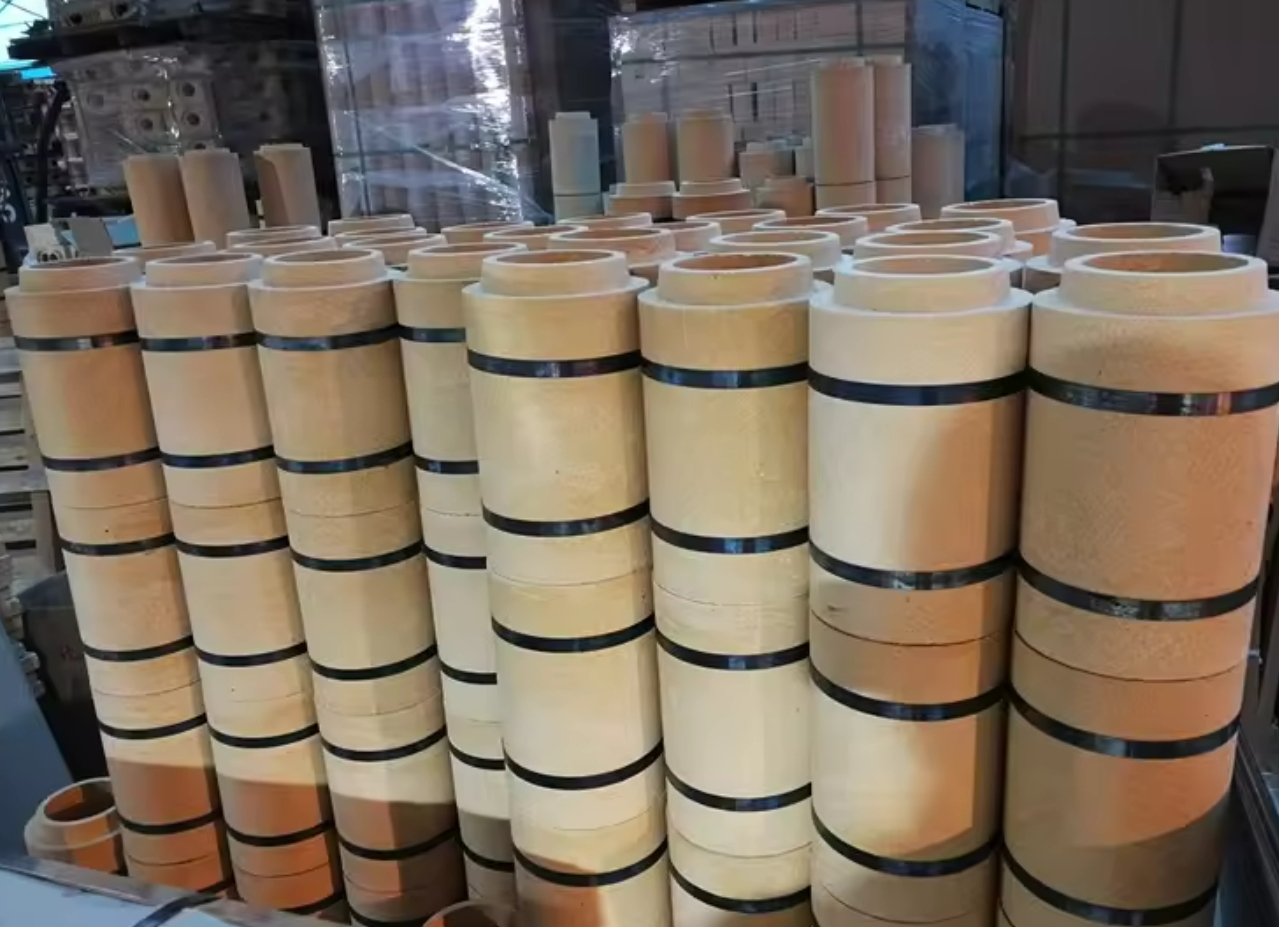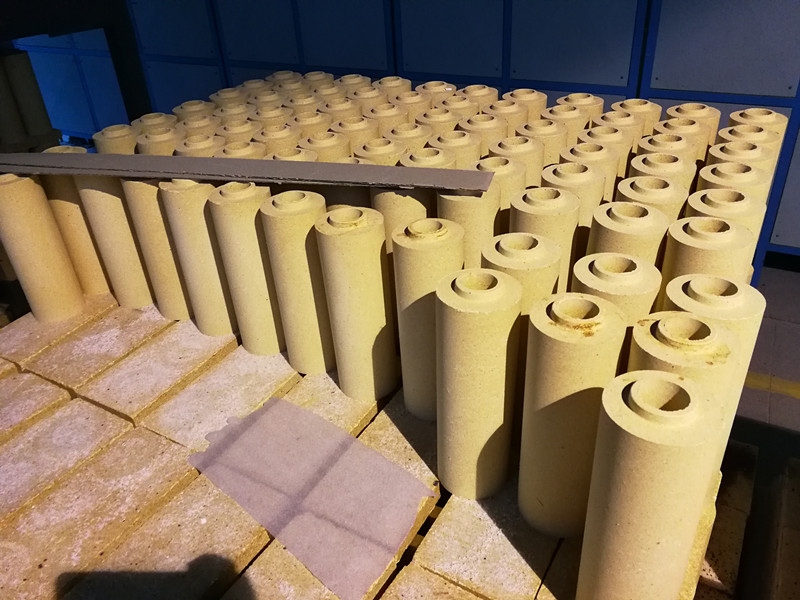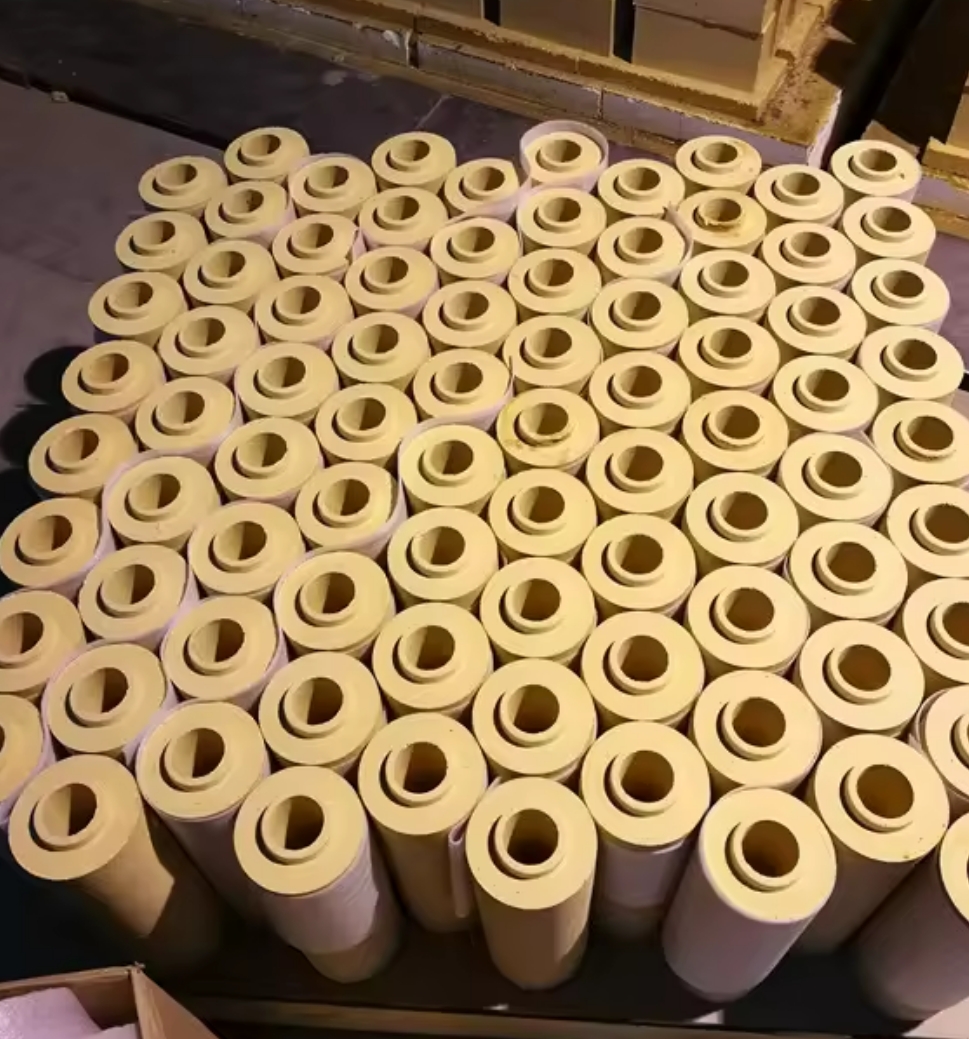Cast Steel Bricks: The Engineered Backbone of High-Temperature Steelmaking Success
In the fiercely demanding crucible of modern steelmaking, where molten steel flows at temperatures exceeding 1500°C and thermal shock is a constant threat, the integrity of refractory linings is paramount. At the heart of protecting critical equipment like ladles, tundishes, and specialty furnaces lies a category of engineered ceramics renowned for its exceptional performance: Cast Steel Bricks. These precision-formed refractory units are not mere passive liners; they are active shields, meticulously designed to withstand the brutal thermal, mechanical, and chemical onslaught inherent in handling liquid steel. Understanding their composition, application, and unparalleled advantages is crucial for any operation seeking maximum uptime, safety, and cost-efficiency.
What Exactly Are Cast Steel Bricks?
Cast Steel Bricks are high-grade, pre-formed refractory shapes manufactured using advanced casting techniques. Unlike traditional fired bricks, they are typically produced by pouring a carefully formulated refractory slurry – often based on high-purity alumina (Al2O3), magnesia (MgO), spinel (MgAl2O4), or complex alumina-zirconia-silica (AZS) compositions – into precision molds. This process allows for intricate geometries, consistent density, and the creation of large, complex refractory blocks or modules with minimal joints. The resulting product is a dense, homogeneous structure exhibiting superior properties compared to pressed or extruded alternatives. These specialty refractory components are engineered specifically for the rigors of contact with molten steel, slag, and the aggressive environment of secondary steelmaking.

Mastering the Installation: Precision for Performance
The installation of Cast Steel Bricks is a critical phase demanding expertise and precision. These refractory forms are typically installed using specialized mortars or gunning mixes, sometimes in combination with steel anchoring systems for larger modules. Key steps often include:
Surface Preparation: The substrate (usually a safety lining or permanent shell) must be clean, sound, and properly profiled.
Mortar Application: A thin layer of high-temperature, chemically compatible refractory mortar is applied to the mating surfaces of the refractory assemblies and/or the substrate.
Careful Placement: Each cast brick or module is meticulously positioned according to the lining design. Tight, uniform joints are essential. Large, complex refractory solutions may require specialized lifting and alignment equipment.
Joint Management: Mortar joints are tooled to ensure they are filled completely and smoothly. For some applications, jointless installation techniques using specialized ramming masses around pre-cast shapes are employed.
Curing and Drying: The installed lining undergoes a controlled drying and pre-heating schedule (often using gas burners) to slowly drive out moisture and bring the refractory materials up to operating temperature without causing thermal spalling. This step is crucial for activating the binders and achieving optimal performance.
Proper installation transforms individual refractory segments into a cohesive, high-integrity barrier against molten steel.

Unrivaled Advantages: Why Cast Steel Bricks Dominate
The unique manufacturing and inherent properties of Cast Steel Bricks translate into significant operational advantages:
Exceptional Thermal Shock Resistance: This is arguably their most celebrated benefit. The dense, homogeneous microstructure and carefully selected raw materials allow these refractory systems to withstand rapid, repeated temperature fluctuations (like those encountered during teeming or ladle cycling) without cracking or spalling. This dramatically extends lining life.
Superior Mechanical Strength & Abrasion Resistance: The casting process yields refractory components with high cold crushing strength and excellent resistance to the physical erosion caused by turbulent molten steel flows, scrap charging, or stirring.
Enhanced Corrosion & Slag Resistance: High-purity compositions and low porosity minimize the penetration and chemical attack by aggressive steelmaking slags and fluxes, preserving lining integrity.
Reduced Lining Joints: The ability to create large, complex shapes means fewer joints in critical wear zones. Fewer joints mean fewer potential failure points for steel/slag penetration and erosion.
Improved Lining Life & Consistency: The combination of superior properties and precise manufacturing leads to significantly longer and more predictable campaign lives compared to traditional brick or monolithic linings in equivalent positions. This directly reduces refractory consumption and downtime for re-lining.
Optimized Molten Metal Flow: Precisely engineered shapes like impact pads and weirs made from these specialty refractory products help control and direct the flow of molten steel within ladles and tundishes, improving yield, quality, and inclusion removal.
Increased Safety & Reliability: A robust, spall-resistant lining minimizes the risk of catastrophic breakout failures, enhancing operational safety and protecting valuable equipment.

Critical Applications: Where Performance is Non-Negotiable
Cast Steel Bricks are the material of choice in the most severe zones of secondary steelmaking equipment:
Ladles: Impact pads (directly below the teeming stream), slag lines, trunnion areas, and well blocks.
Tundishes: Impact pads, weirs, dams, turbulence inhibitors (TIs), and sometimes side walls and floor sections in critical areas.
Specialty Furnaces: Certain zones in AOD/VOD converters, LF covers, and other vessels handling liquid steel under aggressive conditions.
Pouring Systems: Components within slide gate plates and shrouds where thermal shock and wear are extreme.
Conclusion: Investing in Engineered Excellence
In the high-stakes world of steel production, refractory performance is not just about cost per ton; it's about maximizing uptime, ensuring safety, guaranteeing product quality, and optimizing overall operational efficiency. Cast Steel Bricks represent the pinnacle of engineered refractory technology for molten steel contact applications. Their unparalleled thermal shock resistance, mechanical strength, corrosion resistance, and ability to be formed into complex, low-joint refractory elements make them indispensable for protecting critical assets. By understanding their properties and implementing precise installation practices, steelmakers can leverage these advanced refractory products to achieve significant gains in productivity, cost savings, and process reliability. When the demands are extreme, settling for anything less than the engineered superiority of Cast Steel Bricks is a compromise modern steelmaking simply cannot afford. Invest in the backbone of your high-temperature success.
Inquiry Now
Please leave your e-mail and we will contact you as soon as possible
contact us
Your satisfaction is our top priority. Whether you have questions, need support, or want to share feedback, our dedicated team is ready to assist you every step of the way.